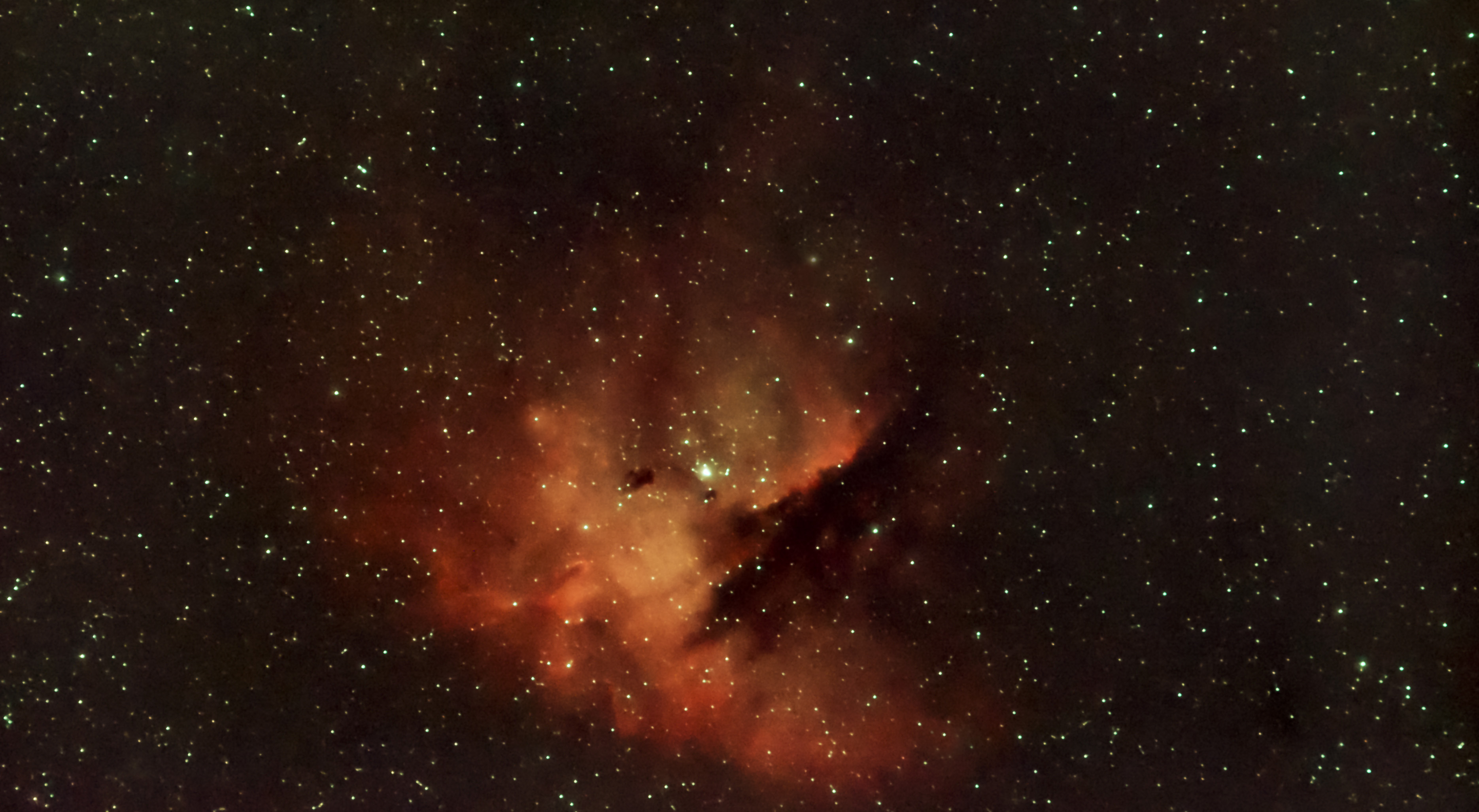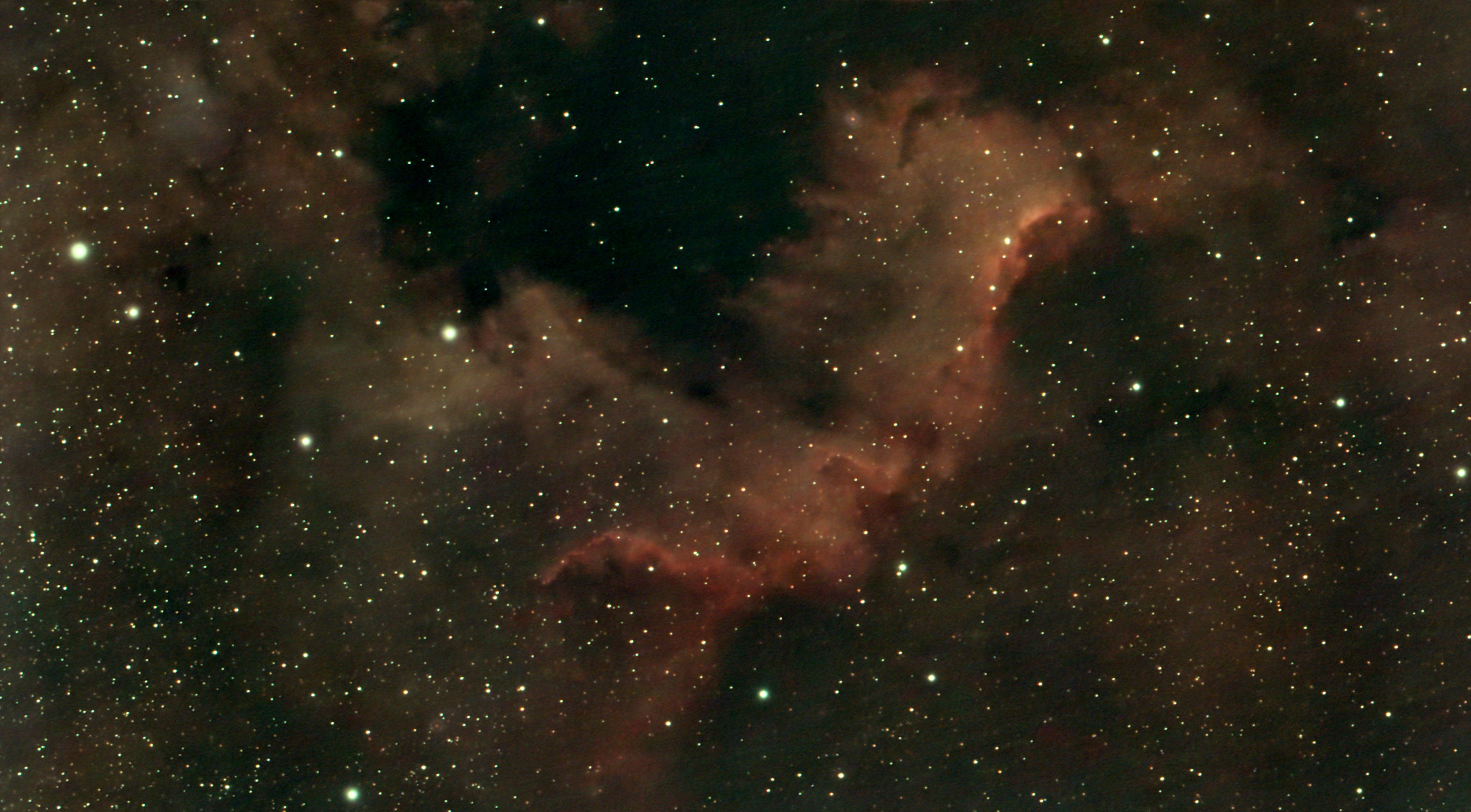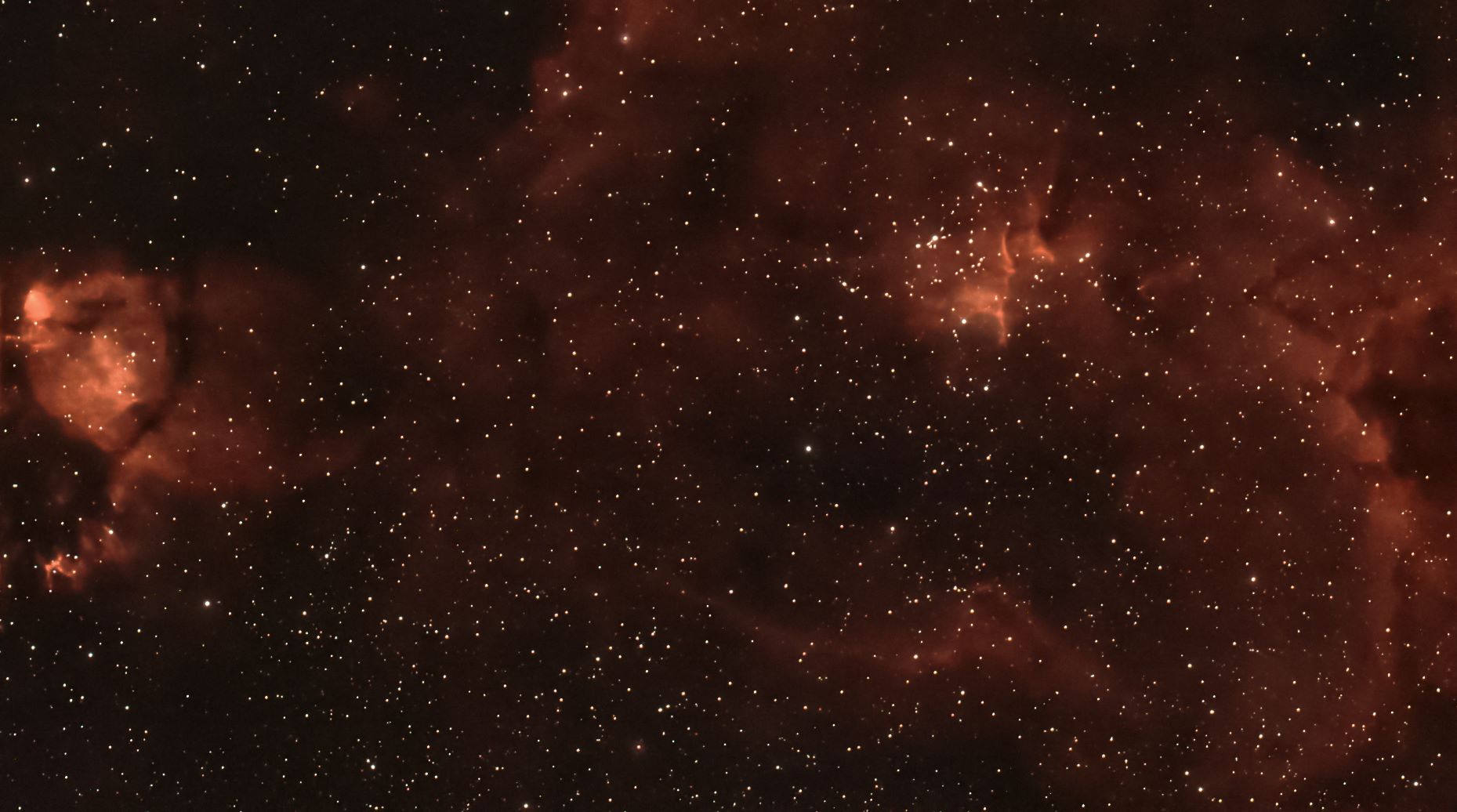I really don't think your issue is camera related. I use a 585 as my main imaging camera for solar, lunar/planetary and deep sky and it's been working great. My standard settings for deep sky are a gain of 275 and offset of 1. An offset of 8 seems really excessive to me. All you're trying to do with offset is to make sure your histograms are not clipped on the left edge, that's all. Of course there can be many optical reasons for bloated stars such as imaging with an achromatic refractor or not using a UV/IR cut filter, even with an ED or APO refractor. Over exposure can be a cause as well, my subs rarely exceed 30 sec. The longer you go on each sub the more bloated your stars will be.
Offset should not be determined by looking at the histogram solely.
Offset needs to be determined by looking at the bias frames. In pixinsight, under processes, you can use the statistics function. If any pixel is a zero value, then your offset is too low. I went through the process with the 585MC and actually ended up with an offset of 8 as well. My guess is you're not very well calibrated, and probably clipping some data, and maybe you're making up for some of it with a higher gain.
On the original topic, I'm currently playing with an uncooled 585MC and Roki 135. At gain 100 I was managing 2 minute exposures, but 3 min were just a bit too blown. My SQM's are just under 21 here so plenty dark. Since I'm running an uncooled sensor, my biggest factor is overcoming dark current. Again, alot of testing and toying around, but I've found above 100 the gain is just wayyyy too high and blows out the entire image wayy too easily. I went to gain zero and I'm able to run 10 minute exposures right now. I seem to be overcoming the dark current much better, but I haven't ran the numbers yet. Can report back later.


